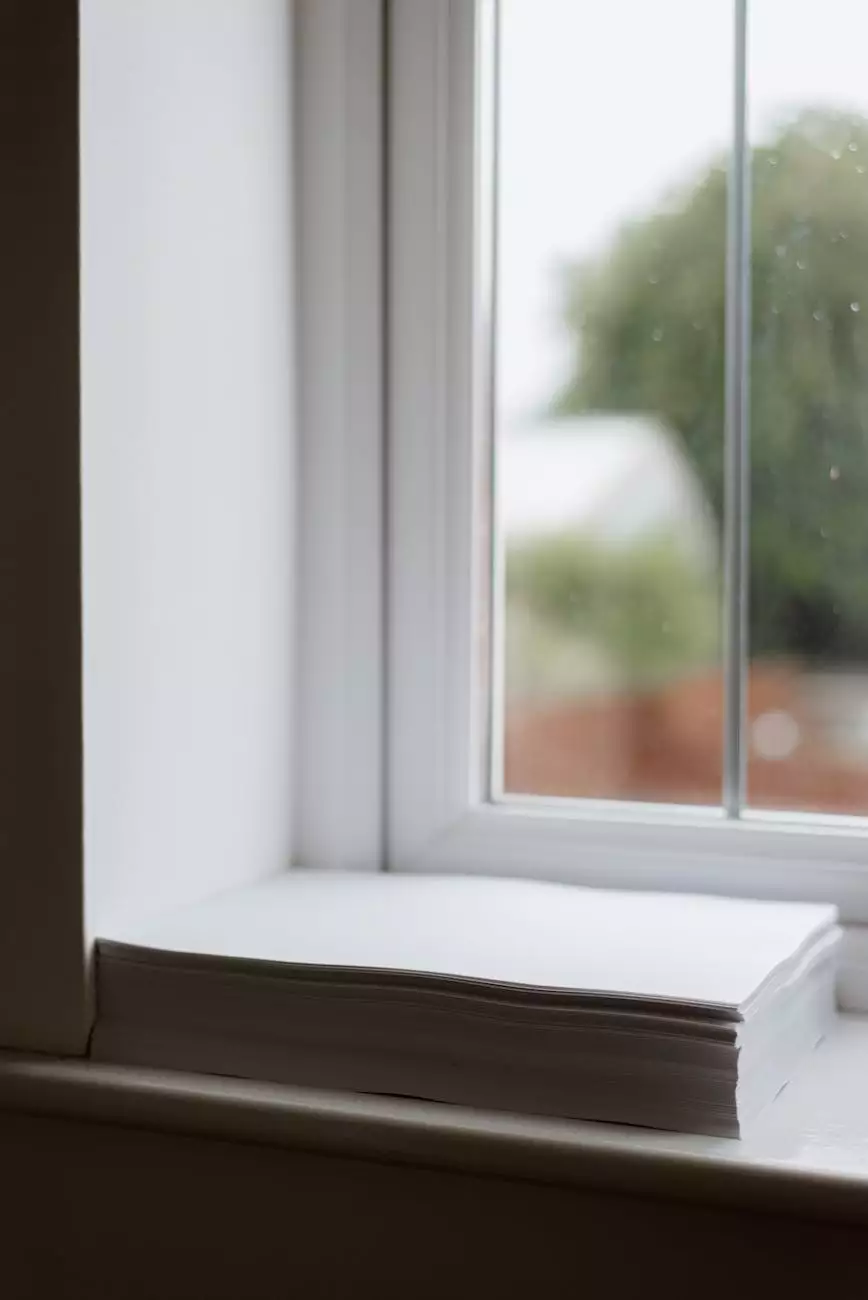Definition of the term Flue
Services Offered
Welcome to Nicholas Home Inspection & Consulting, a trusted provider of business and consumer services in the consulting and analytical services industry. In this detailed page, we will provide a comprehensive definition of the term 'flue' and its significance in various systems.
What is a Flue?
A flue is an essential component found in various heating, ventilation, and air conditioning (HVAC), as well as fireplace systems. It refers to a pipe or duct that carries out the byproducts of combustion, such as smoke, gases, and particles, to the outdoors. Properly functioning flues are crucial for maintaining indoor air quality, preventing hazardous emissions, and ensuring the safe operation of these systems.
The Importance of Flues
Flues play a vital role in both residential and commercial settings, providing a safe way for harmful gases to exit the premises. They channel fumes, such as carbon monoxide, sulfur dioxide, and other potentially toxic substances, away from living spaces, preventing occupants from inhaling them, which can have severe health consequences.
Additionally, flues help regulate the draft within the system, allowing for efficient combustion and reducing the risk of backdraft, where combustion byproducts flow back into living areas. By maintaining the proper draft, flues facilitate the exchange of fresh air for combustion, enhancing the overall performance and longevity of HVAC and fireplace systems.
Types of Flues
There are several types of flues, each designed to accommodate specific heating and ventilation systems:
- Masonry Flues: These are commonly found in traditional fireplaces or chimneys constructed using bricks, stone, or concrete materials. Masonry flues provide durability, insulation, and resistance to heat, allowing for the safe emission of smoke and gases.
- Metal Flues: Often used in modern heating systems, metal flues are typically made from stainless steel, aluminum, or galvanized steel. They offer flexibility, ease of installation, and resistance to corrosion.
- Factory-Built Flues: These flues are pre-manufactured, designed, and tested for compatibility with specific heating appliances. Factory-built flues are constructed using specialized materials that meet industry standards, ensuring safe and efficient operation.
Functions of Flues
Flues perform various functions within HVAC and fireplace systems. Some of the key functions include:
- Ventilation: The primary purpose of a flue is to ventilate combustion byproducts, ensuring they are safely expelled outdoors and do not accumulate within the building.
- Preventing Condensation: Flues help prevent the condensation of gases and vapors by controlling the temperature of the gas as it exits the system.
- Insulation: Masonry flues provide insulation, helping to retain heat within the flue and enhancing energy efficiency by reducing heat loss.
- Noise Reduction: Well-designed flues can help minimize the noise produced by combustion systems, creating a more peaceful environment within the building.
Conclusion
In summary, a flue is a crucial component in HVAC and fireplace systems that ensures the safe and efficient expulsion of combustion byproducts. Nicholas Home Inspection & Consulting specializes in providing comprehensive solutions and expert advice for flue systems. Protect your home and maintain optimal indoor air quality by ensuring your flues are regularly inspected, cleaned, and well-maintained. Contact us today to learn more about our consulting and analytical services.




